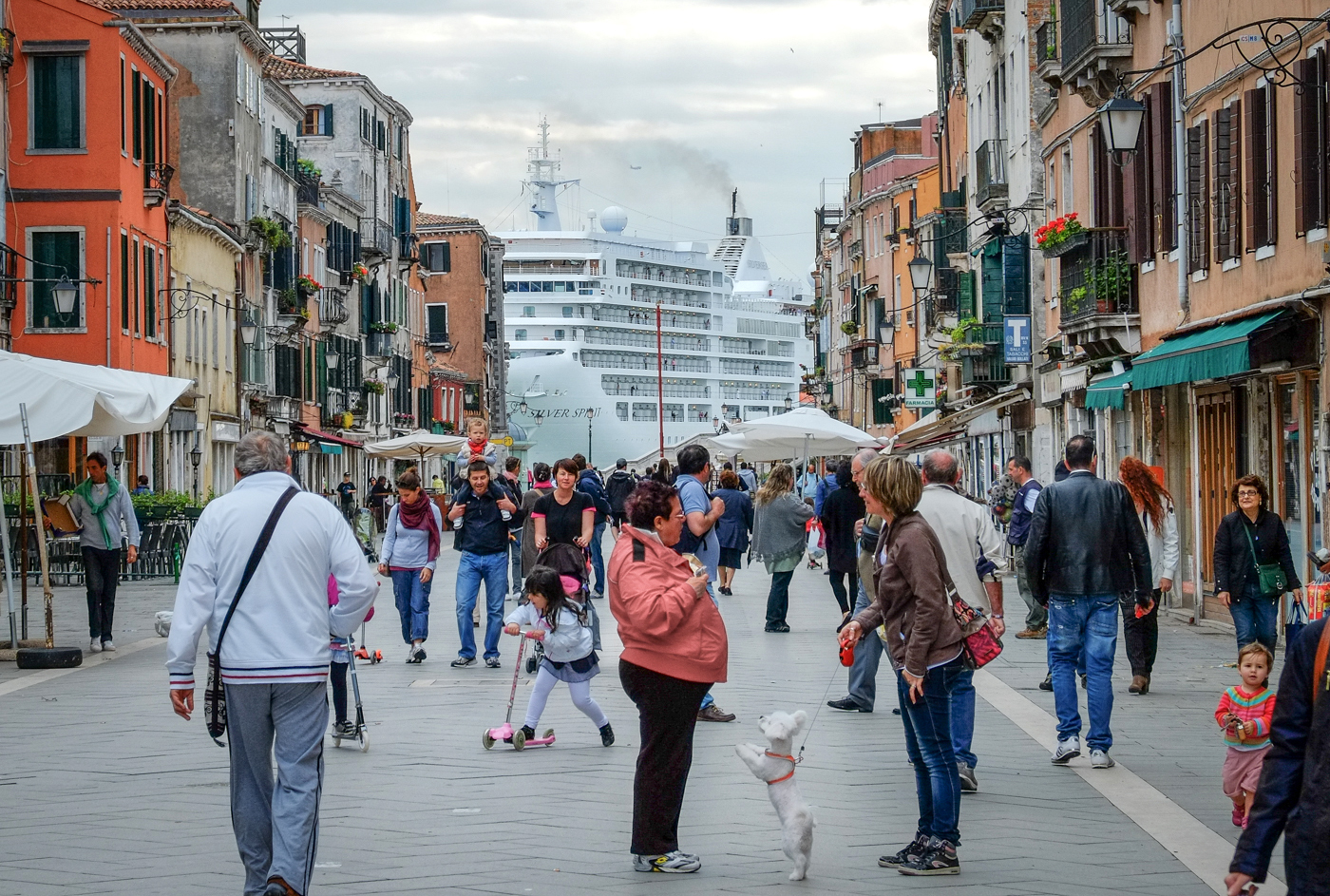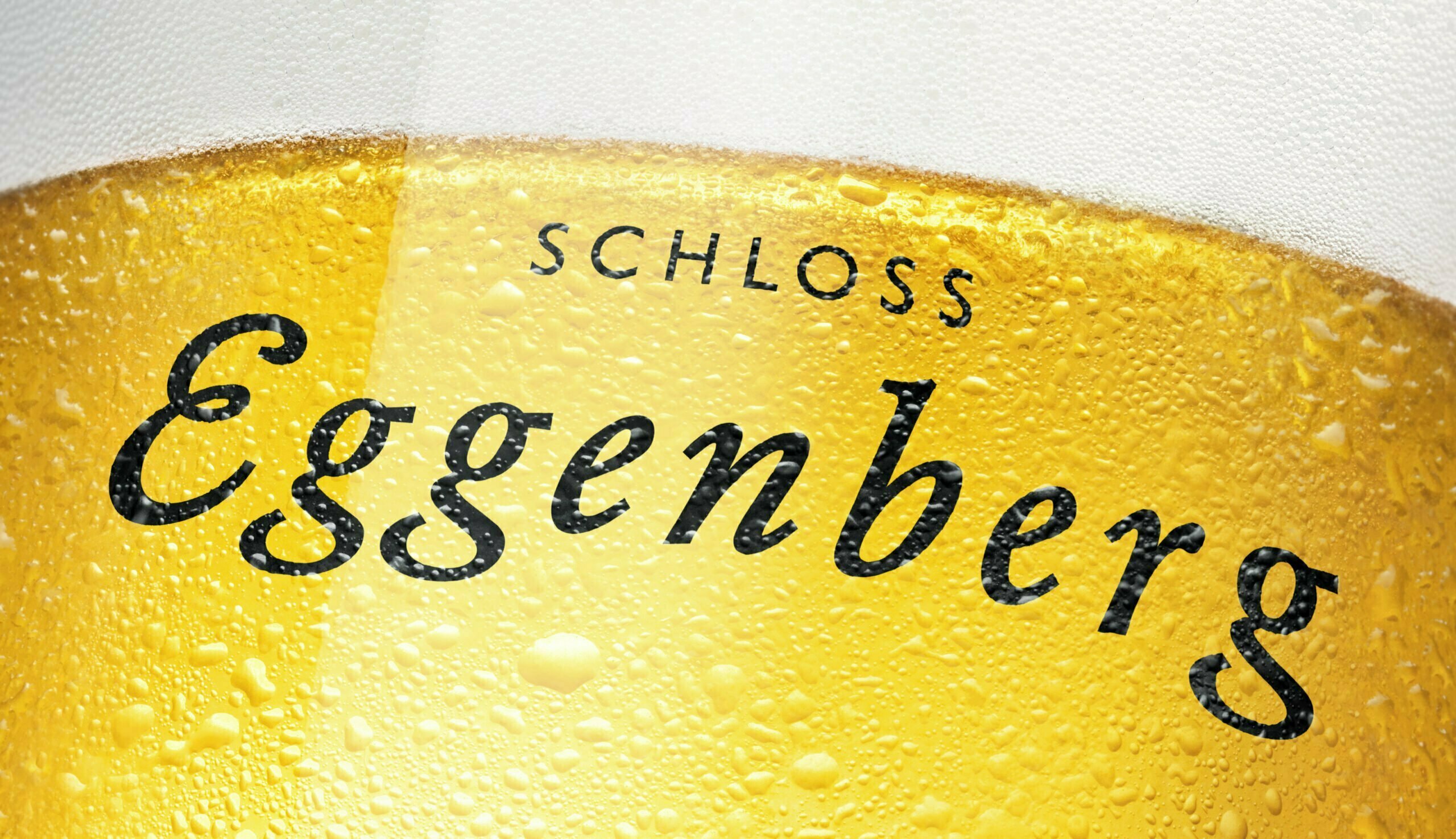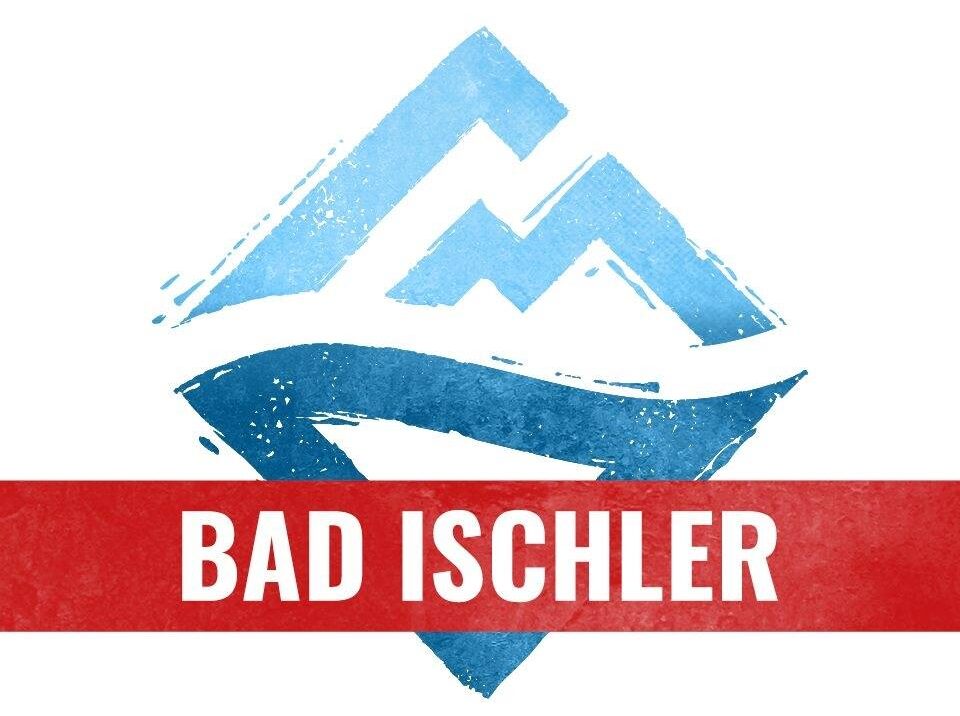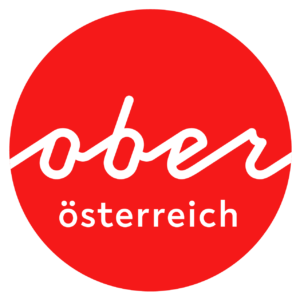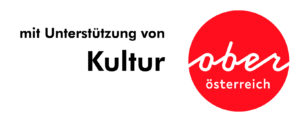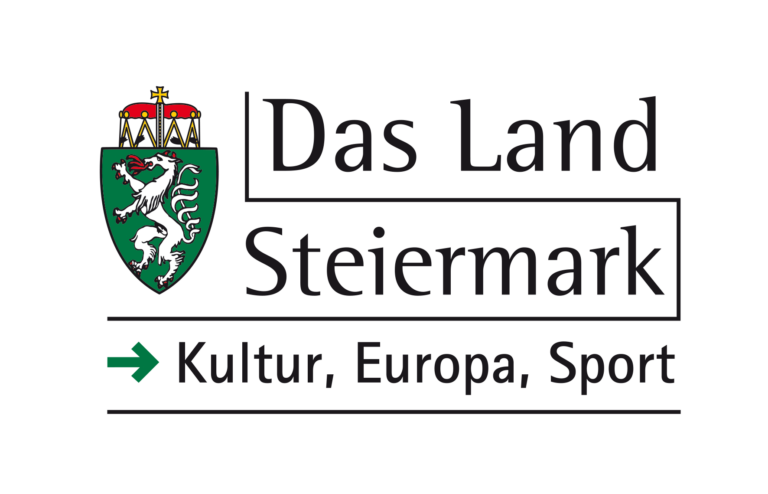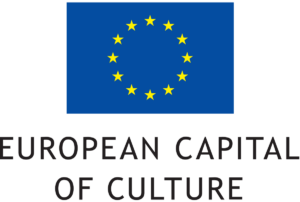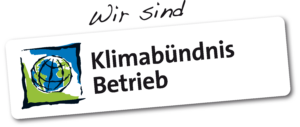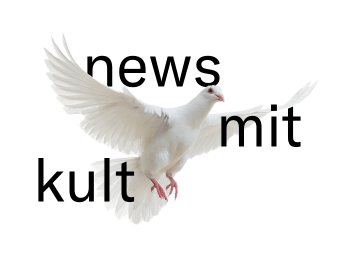Tourism has been continuously intensifying for decades and has become an integral part of our western lifestyle. It has brought added value, prosperity and cosmopolitanism to even the most remote areas, thus preventing emigration. It promotes cultural offerings and, in the best case, tolerance and education. This is the sunny side of tourism. On the downside, there are negative effects such as crowds of people, major environmental interventions and rising land prices.
Tourist hotspots suffer from the onslaught of visitors, while other places are left behind. Communities are divided: On the one hand, they benefit from tourism, but on the other, they are increasingly noticing undesirable side effects. And considering that tourism is more dependent on the climate than other sectors of the economy, it is astonishing that climate change is often still a marginal issue here of all places.
How can we rethink tourism in times of climate crisis, wars, the threat of further pandemics, a shortage of skilled labour and an ongoing energy crisis and steer it in a more sustainable direction? What role do spatial planning and architecture play in this? The exhibition highlights key aspects of tourism such as mobility, urban tourism, interactions with agriculture, climate change, the privatisation of natural beauty and changes in accommodation typologies, and explores the question of whether and how tourism development is planned. Vivid illustrations, examples and data are used to address phenomena such as short-term rental platforms, “cold beds”, the accumulation of wealth through holiday properties or the declining “tourism mindset” among the population due to the escalating cost of housing and living.
Above all, however, the exhibition is looking for potential for transformation. Many travellers are reluctant to see themselves as part of the mass tourism phenomenon, and doubts about the climate compatibility of our travel behaviour are becoming ever louder.
A large number of initiatives have recently emerged that take a different approach to nature, the local population, the climate, towns and villages and mobility. The exhibition presents pioneering solutions based on local and international projects. Planning concepts from different countries invite a strategic comparison. Numerous successful examples whet the appetite for a type of holiday that is no longer exclusively based on consumption and the growth paradigm. The question remains at the centre: How can we imagine a tourism that does not destroy what it lives on?
